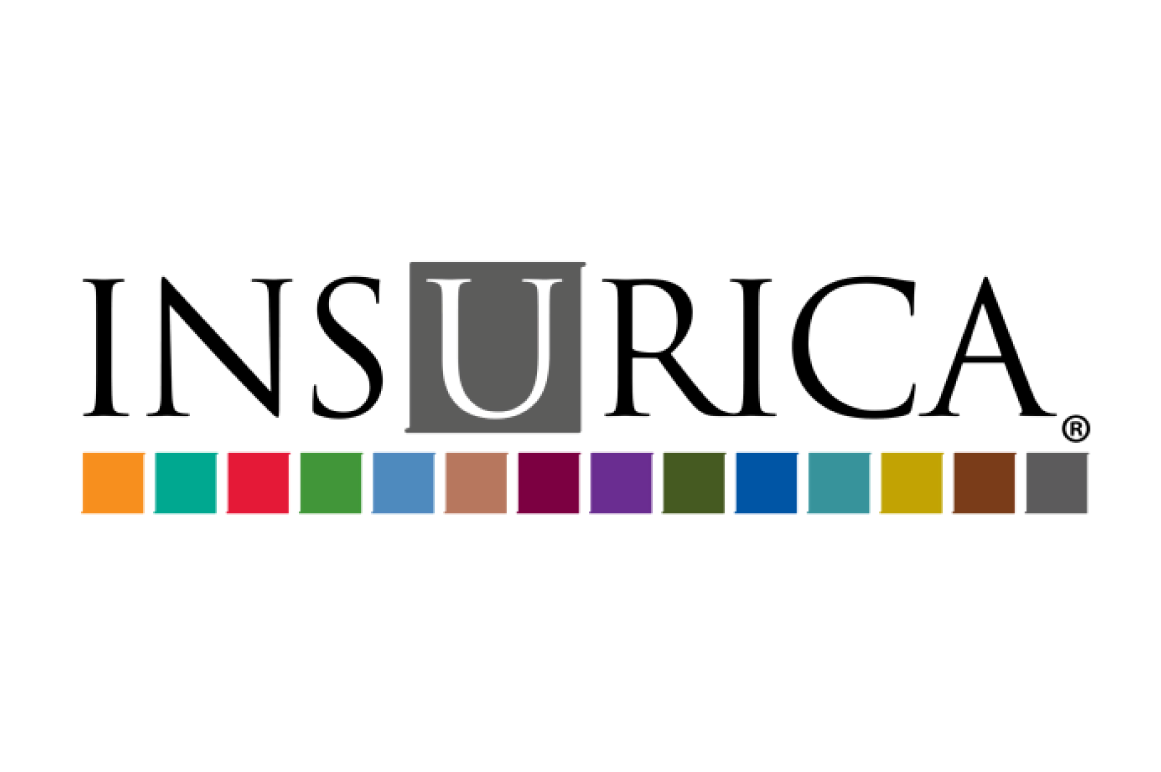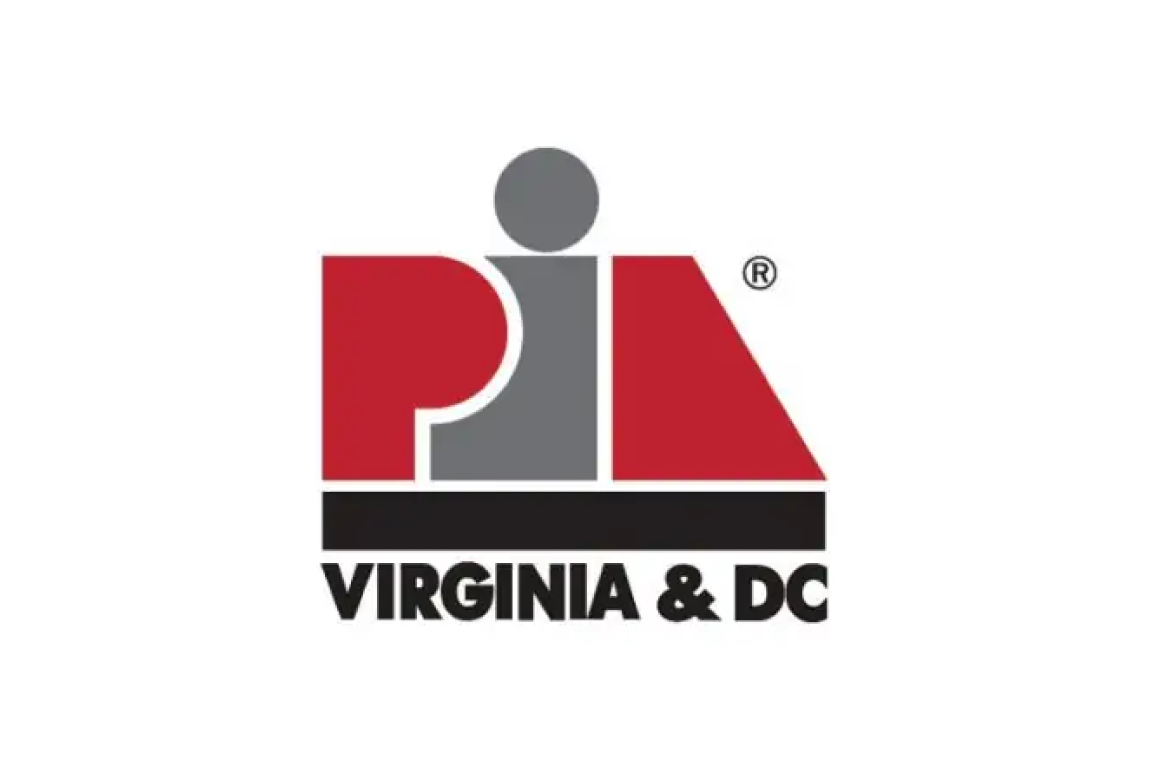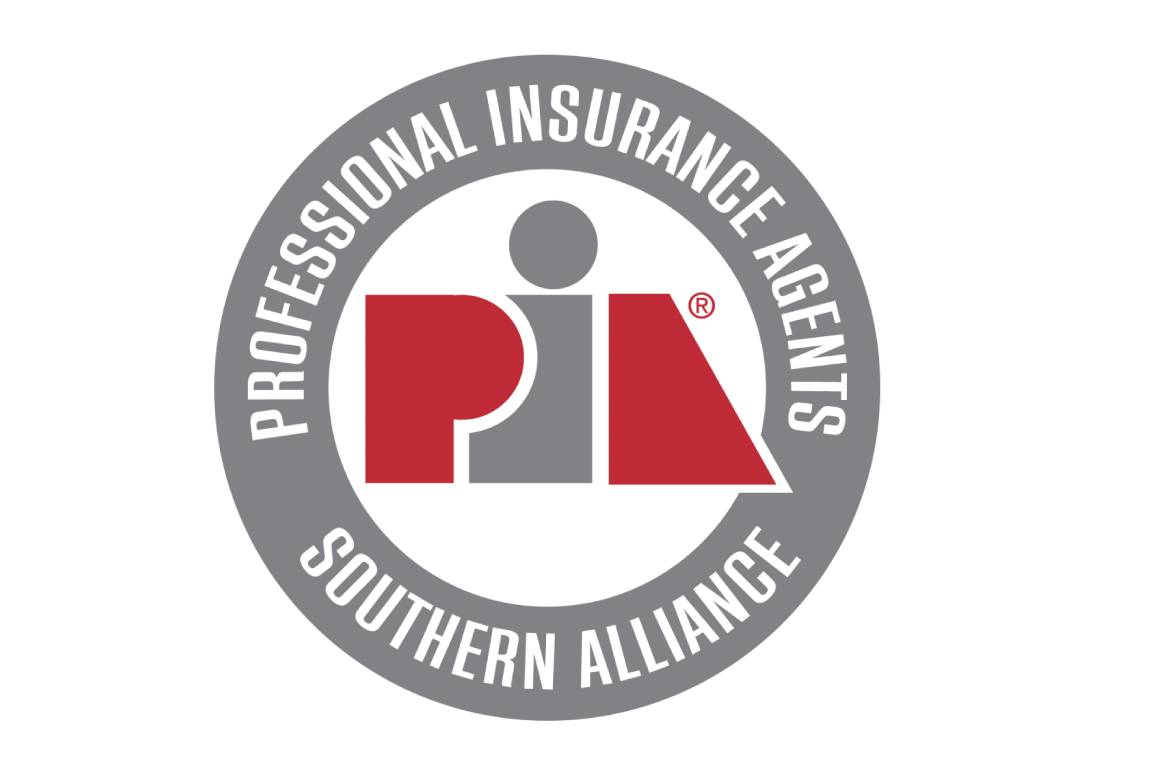By Dustyne Bryant, MBA, CIC, CISR
Director of Risk & Insurance Education and Research
I’ve owned pets for the better part of two decades and have never purchased Pet Insurance until becoming the owner of a miniature dachshund. Once I learned that dachshunds are prone to a debilitating disease called intervertebral disc disease (IVDD) and that the treatment can be costly, I knew just what I needed to do.
In the realm of insurance, insurance advisors are accustomed to safeguarding the things that matter most to our clients – their homes, cars, and health. But what about their beloved furry companions? The demand for pet insurance continues to climb, presenting us with a lucrative opportunity to extend our expertise into this growing market.
Pet insurance products are typically categorized in three buckets:



Key Policy Coverages:
Understanding the nuances of pet insurance is paramount in effectively advising our clients. Key coverages to highlight include:
- Accident Coverage: This typically includes injuries resulting from unforeseen accidents such as car accidents, poisoning, or foreign object ingestion.
- Illness Coverage: Comprehensive policies often cover illnesses ranging from common ailments like ear infections to more serious conditions such as cancer or diabetes.
- Routine Care or Wellness Coverage: Some policies offer optional coverage for routine care expenses like vaccinations, annual check-ups, and dental cleanings.
- Hereditary and Congenital Conditions: Coverage for conditions inherent to specific breeds, like hip dysplasia in larger dogs or heart disease in certain cat breeds.
Generally, expenses incurred for exams (primary or specialty), diagnostics (lab work, MRIs, CT scan, and ultrasounds), treatment (in patient, outpatient, or emergency), and medications (including prescription diets) are covered by pet insurance.
Key Policy Terms:
It’s essential to familiarize ourselves with the terms commonly associated with pet insurance policies:
- Deductible: The amount the pet owner pays out-of-pocket before the insurance coverage kicks in. Some policies may offer a deductible reduction benefit for every claim-free policy period.
- Reimbursement Percentage: The percentage (%) of covered expenses reimbursed to the policyholder after meeting the deductible. This may vary from 50-90% of covered expenses reimbursed.
- Exclusions: Conditions or situations not covered by the policy, such as pre-existing conditions or elective procedures.
- Annual Maximum Coverage: Annual maximums are the total amount that will be paid out for claims during the policy period.
Policy Perks:
Beyond the core coverages, many pet insurance policies offer additional perks or benefits: (benefits vary by policy)
- Coverage for behavioral therapy or training sessions to address issues like anxiety or aggression.
- Assistance with the costs associated with finding lost pets, including microchipping and advertising.
- Coverage for emergency veterinary care while traveling with pets, including reimbursement for vet bills incurred abroad.
- 24/7 expert helplines or chats may also be available or offered online or through a mobile app to help put pet owners at ease in moments when their beloved pet isn’t feeling well or eats something suspicious. (My pet policy’s chat feature came in handy when my new puppy experienced 48 hours of what we dubbed “poop soup.”)
- Coverage for grief counseling after the loss of a pet.
- Limited coverage of boarding costs when you or a member of your household are hospitalized for a specific period of time.
- Discounts for things like insuring multiple pets, spayed/neutered pets, bundling with home and auto insurance, and annual premium payment may be offered.
Pet Mortality:
While pet insurance primarily focuses on medical expenses, some policies offer coverage for unexpected death due to accidents or illness. This additional coverage can provide peace of mind to pet owners facing unexpected tragedies, especially for pet owners of “designer” animals or show animals.
Comparing Policies:
When assisting clients in selecting the right pet insurance policy, it’s crucial to help them compare:
- Understand the waiting periods for coverage to begin after enrollment or purchase, particularly for illnesses. Consider looking for policies with no waiting periods.
- Evaluate annual or per-incident maximums to ensure adequate coverage for potential expenses.
- Carefully review what is and isn’t covered (i.e. exclusions), especially concerning pre-existing conditions.
- Understand whether the policy reimburses based on actual vet bill costs or a predetermined benefit schedule.
Pet Insurance Accessibility:
Pet insurance can be purchased from various sources, including:
- Many major insurance companies offer pet insurance as an add-on to their existing lines of coverage. (MetLife, Lemonade, Nationwide, Geico, etc..)
- Several companies specialize solely in pet insurance, providing tailored policies to meet the unique needs of pet owners. (Spot, Fetch, Pets Best, ASPCA, etc..)
- Some employers offer pet insurance as part of their benefits package, providing employees with discounted rates or group plans.
At What Cost?
Pet insurance premiums vary based on factors such as the pet’s age, breed, location, and the level of coverage selected. For example, I pay $35 a month (or $431 annual) for an injury and illness policy that provides 80% coverage reimbursement with a maximum annual benefit of $10,000 and a $250 deductible. The policy is for my female miniature dachshund and purchased when she was eight weeks old. While this cost may seem daunting to some pet owners, it pales in comparison to the potential financial burden of unexpected veterinary bills, which can amount to thousands of dollars for emergency treatments or surgeries.
Venturing into the realm of pet insurance offers a promising opportunity to expand our services and cater to the evolving needs of our clients. By familiarizing ourselves with key coverages, policy perks, policy terms, and other factors, we can effectively guide pet owners in selecting the right coverage for their cherished companions.

Pet Liability & Lawsuits
Upcoming Webinar
May 23, 2024
In this One-Hour webinar, we will examine sources of liability and insurance coverage for personal lines insureds who own or care for animals, such as dog bite, dog bark, one-bite rule, dog leash laws, specialty or exotic pets, and negligence. Identify and evaluate commercial animal and pet liability insurance for exposures created when employees work remotely, customers or employee companion animals, and clients with “bringing a pet to work” policies.













































